If you have ever completed a training session with a high level of intensity and have increased your heart rate and breathing trailer for a while, you have experienced EPOC Afterburning effect. Short for Excess after training oxygen consumptionEpoc refers to the Increased rate of oxygen absorption that your body uses after training to restore itself in advance.
But Epoc is more than just a post-training phenomenon. It plays an important role in Calorial expenditure, fat loss and metabolic recreationEspecially in certain types of training like HIIT and resistance training. In this article we will examine what EPOC is, how it works, why it is important and how to train in a way that maximizes its advantages.
What is EPOC (excess oxygen consumption after training)?
Epoc is the amount of Additional oxygen your body consumes after intensive movement To fuel the recovery process. The body uses several energy -related processes during recovery:
- Refilling of ATP and creatine phosphate storage
- Resynthesis of muscle glycogen
- Distance and conversion of lactate (Cori cycle)
- Restoration of the hemoglobin and myoglobin -oxygen mirror level
- Thermoregulation (cooling of the body)
- Increased hormone activity (catecholamines, cortisol, gh)
- Repair of muscle tissue and adaptation
Each of them requires oxygen and contributes to increased metabolism after training. Essentially Epoc reflects the Additional energy that your body consumes after training return to homeostasis. During this recovery phase yours The metabolism remains increasedAnd your body continues to burn calories – even in peace.
You can see the afterburn effect if after your training:
- Your heart and breath rates remain increased
- They continue to sweat or feel hot
- Your device shows a higher calorie burning
- You feel tired or more stimulated after training
These signs reflect that your body is I am still working to recoverAnd that they harvest the metabolic rewards of an intensive, intensive session.
Require a high epoc measure Very intensive or longer movementwhich is not possible for most people, especially beginners or non-athletes.
Why is Epoc important?
1. Increases the total calorie burning
EPOC extends its energy consumption beyond the duration of the trainingWhich overall improves calorie burn. The Intensity and duration Your training strongly influences the size and length of the EPOC effect.
Studies show that Epoc can increase Rest energy expenditure for up to 38 hours After high intensity resistance Session (Mark D. Schuenke. Et al.).
2. Supports fat loss
While the calories are important during training, it is Metabolism after training EPOC can make sense to reduce fat – especially in combination with resistance training or interval cardio.
3 .. improves recovery
The body uses this oxygen -intensive condition to:
- Restore ATP and phosphocreatine
- Repairing damaged muscle fibers
- Returning hormones such as cortisol and growth hormone
These processes are important for Training adjustment and muscle growth.
What influences the EPOC effect?
| factor | Effect on EPOC |
|---|---|
| Training intensity | Higher intensity = larger EPOC |
| Practice duration | Longer duration = more oxygen requirement |
| Type of training | Resistance training and HIIT produce a higher EPOC than inpatient cardio |
| Training experience | Trained people can recover faster and experience a slightly reduced EPOC over time |
Training methods that maximize EPOC
1. Provide mourning of the interivates (HIIT)
HIIT includes changing outbreaks of intensive effort with recreational periods. This creates a major disorder that requires more energy after training to restore the physiological balance.
Protocol example:
- 30 seconds sprint / 90 seconds walk × 8–10 rounds
- Total duration: 20–25 minutes
- Intensity: ≥85% maximum heart rate (or ≥ 90% VO₂max)
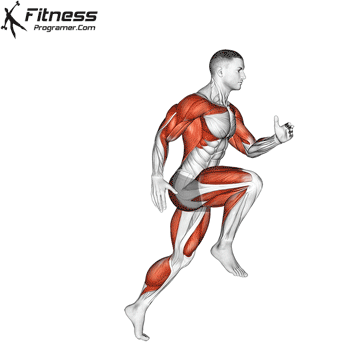
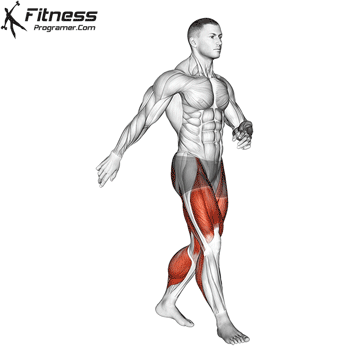
2. Sprint interval training (sit)
SIT presses the body for very short lasting over 100% VO₂max, which leads to greater oxygen debt and muscle disorders.
Protocol example:
- 6–8 × 30-second sprints (e.g. cycle ergometer or hill sprints)
- 3–4 minutes of passive relaxation between fighting
3 .. Heavy resistance training
Several composite elevators using high loads cause significant recruitment of muscle fibers, ATP depletion and hormonal reaction – everything that contributes to EPOC.
Best practice:
- Use Multi-jug-up increases (e.g. squats, cross lifting, rows, bench press)
- Load: 70–85% of 1RM
- Volume: 3–5 sentences × 8–12 repetitions
- Short rest periods (45–60 seconds) increase the metabolic costs

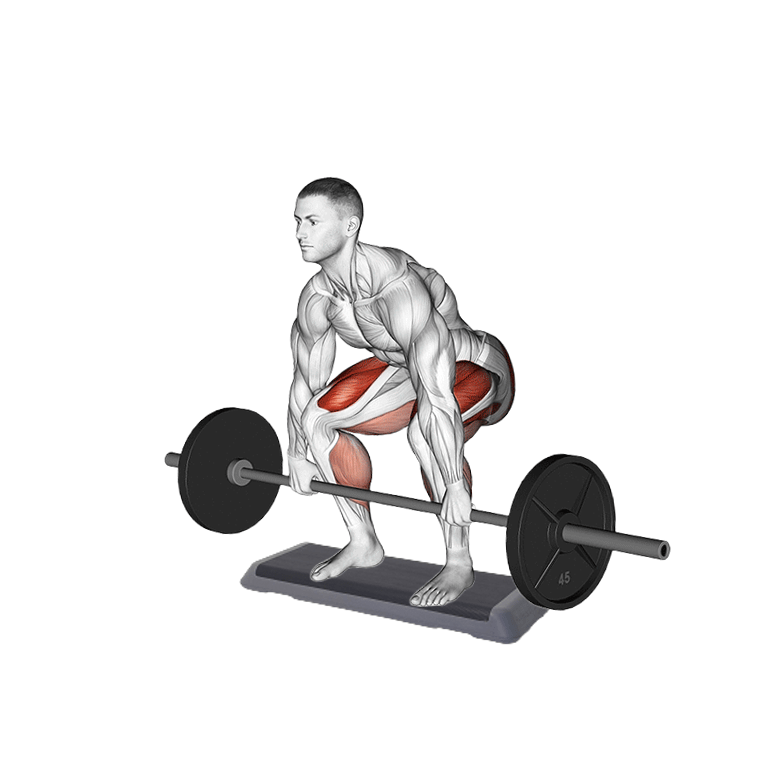
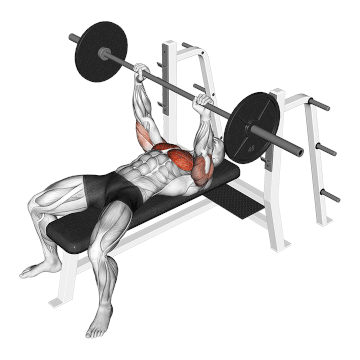
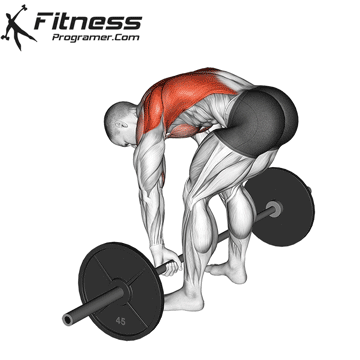
4. Training of the circuit resistance
Combines strength and cardiovascular elements with minimal calm between the exercises and keep an increased heart rate during the entire session.
Protocol example:
- 4–6 exercises in one circuit (e.g. push-ups, failure steps, rows, kettlebell swings)
- 30–60 seconds per station with <30 seconds rest
- Repeat this for 3-5 rounds
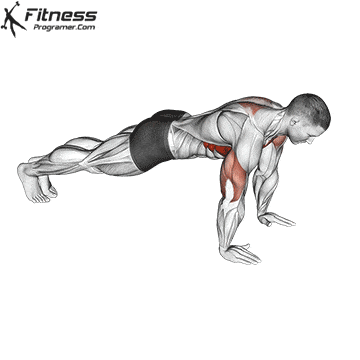
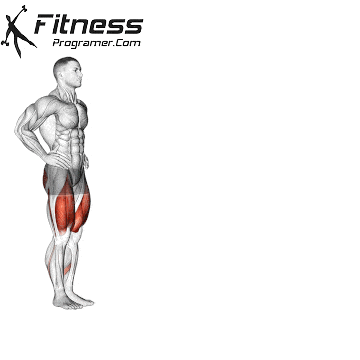

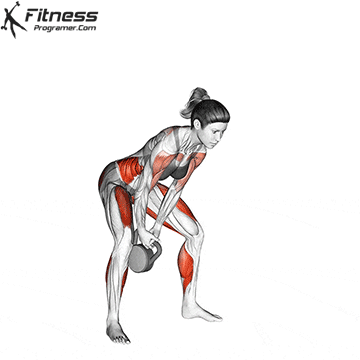
5. Combined endurance and strength training (simultaneous training)
By carrying out aerobics and resistance training in one session, the total energy costs and metabolism after training increases.
Example meeting:
- 20 minutes with medium resistance with medium to high intensity
- Followed by 20 minutes of intervals or inpatient cardio at ≥ 70% VO₂max
6. Tabata training
Tabata is a very intense form of HIIT with extremely short conditions for work restores and generates great oxygen deficits in a short time.
Protocol example:
- 8 rounds of 20 seconds of maximum effort / rest rest
- Total: 4 minutes per exercise (e.g. squat jumps, burpees, mountain climbers)
How long does Epoc take?
Modern research suggests:
- Exercise with medium intensity: EPOC can take 1–3 hours
- Submaximal aerobic exercise (≥ 70% VOavor for ≥ 50 minutes): Epoc can take 3–12 hoursEspecially with trained people.
- Supramaximal efforts (e.g. ≥ 105% VO₂Max or highly intensive intervals): Can increase the metabolism for 12–24 hoursAlthough calorie burn remains modest.
- Serious resistance training or HIIT: Can generate epoc, which can last up to 16–38 hoursDepending on the training volume and the intensity.
Epoc calorie influence
Even with longer EPOC duration, studies show that it is only explained 6–15% of the total energy costs the exercise.
Here is what the literature shows:
- Typical EPOC calorie burning:
~5–50 kcal/hour After training
~15–150 kcal sum Depending on intensity and duration - For comparison: A 45-minute moderate run can burn 400–600 kcalWhile Epoc is added Only 6–15% more (24–90 kcal).
While Epoc does not make up hundreds of additional calories, it can contribute one Additional 6–15% of the energy costs of your entire session (Børsheim & Bahr, 2003).
Common myths about Epoc
| myth | reality |
|---|---|
| Epoc burns hundreds of calories after each training session | Most EPOC responses range from 50–200 kcalDepending on the type of training. |
| Cardio trigger -Poc | Resistance training can create the same or greater Epoc as cardio. |
| You have to feel exhausted for Epoc | Intensity is important, but Intelligent programming can trigger epoc without burnout. |
Who benefits most from EPOC-focused training?
- Customers from fat loss Find metabolic advantages
- Busy professionals Looking for short, efficient workouts
- Athletes and tactical populations Effort of the improvement in work capacity and recovery
- General fitness customers Want to improve body composition
Diploma
EPOC or excess oxygen consumption after training is a strong metabolic phenomenon that helps your body Burn calories and recover long after your training ends. You can maximize this effect through training with intensity – through resistance training, HIIT or metabolic circle Fat loss, performance and recovery.
Understanding EPOC enables them to Train intelligentNot just harder. Use it as a tool in your fitness programming to create more efficient, more effective and sustainable results.
References
- Schuenke, Mark; Mikat, Richard; McBride, Jeffrey (2002). “Effect of an acute resistance exercise on excess oxygen consumption after training: effects on body mass management”. European Journal of Applied Physiology. 86 (5): PMID 11882927.
- Laforgia J, Withers RT, Gore CJ. Effects of the exercise intensity and duration on the excessive oxygen consumption after training. J Sports sci. 2006; 24 (12): 1247–1264. https://doi.org/10.1080/0264041060052064
- Børsheim E, Bahr R. Effecting training intensity, duration and mode on oxygen consumption after training. SportMed. 2003; 33 (14): 1037-1060. https://doi.org/10.2165/00007256-20033140-00002
- Hackney KJ, Engels HJ, Gretebeck RJ. Quiet energy consumption and sore muscles of delayed stock exchanges after an eccentric concentration. J Strength Cond Res. 2008; 22 (5): 1602–1609
- American College of Sports Medicine. ACSM guidelines for exercise tests and prescription, 11th ed.





